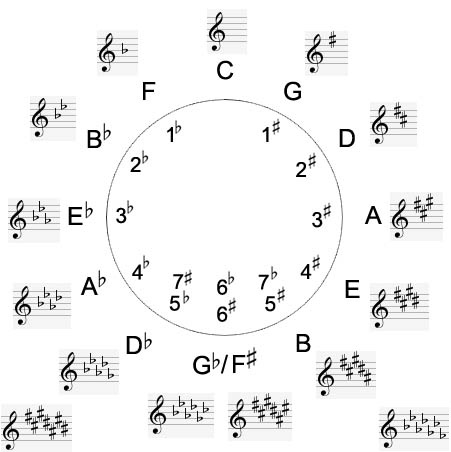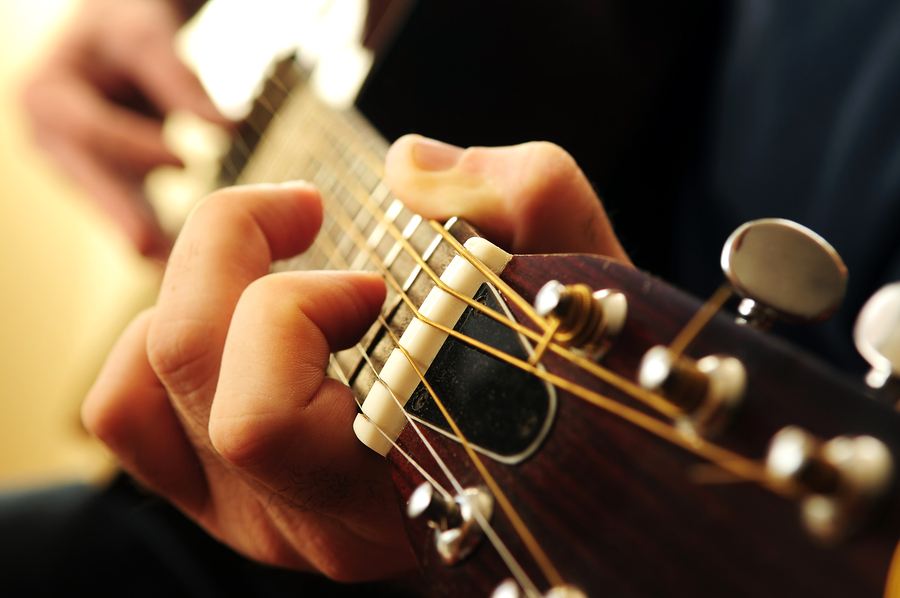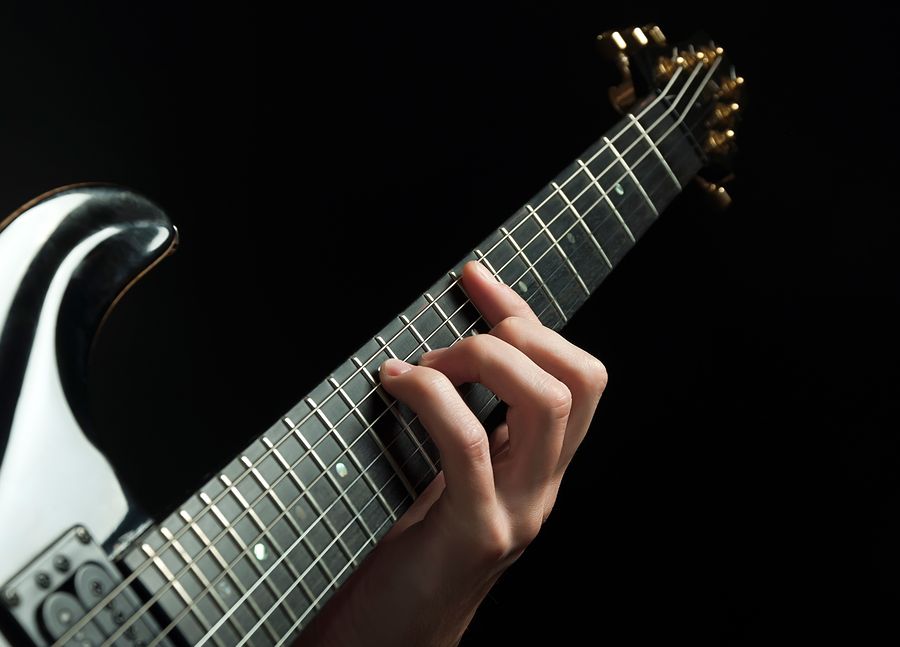
This post may contain affiliate links. Please read my disclosure policy
Memorizing song lyrics hasn’t always been my strongest asset. Learning chords, chord progressions, scales and guitar solos were always the easy part.
I’d go through them once or twice and they were stored in my brain for ages. But those nasty lyrics didn’t seem to get further than my short term memory.
Spaced repetition
I ultimately tackled this problem by using a learning technique called spaced repetition.
Spaced repetition works with graduated time intervals. It makes use of the spacing effect where you learn something several times spaced over a long time span.
Instead of cramming (hastily and intense studying at the latest possible moment) which is great for storing huge amounts of information for a short period of time, spaced repetition will pass the information from the short term memory onto the long term memory and make it last indefinitely.
Source
This technique was first discovered by Hermann Ebbinghaus, a german psychologist who experimented with the study of memory and did some extraordinary findings. He contributed to science with brilliant insights on the forgetting curve, the learning curve and the spacing effect.
Practice Memorization
While you can apply the spaced repetition technique to any kind of (musical) information, we’ll take “memorizing lyrics” as an example.
Continue Reading The circle (or cycle) of fifths, also called the cycle of fourths is a diagram that gives all kind of handy information on key signatures, chords and scales in a quick and clear manner.
The circle (or cycle) of fifths, also called the cycle of fourths is a diagram that gives all kind of handy information on key signatures, chords and scales in a quick and clear manner. Most intermediate guitar players can find the notes across the neck on the 6th (low E) and 5th string (A). This is essential for learning barre chords, soloing and a lot of other stuff. If you don’t know the notes on the 6th and 5th string yet check out
Most intermediate guitar players can find the notes across the neck on the 6th (low E) and 5th string (A). This is essential for learning barre chords, soloing and a lot of other stuff. If you don’t know the notes on the 6th and 5th string yet check out  Whenever you try to deepen your guitar knowledge and you buy a guitar music theory book or look up something on the internet you keep bumping into the CAGED system.
Whenever you try to deepen your guitar knowledge and you buy a guitar music theory book or look up something on the internet you keep bumping into the CAGED system.